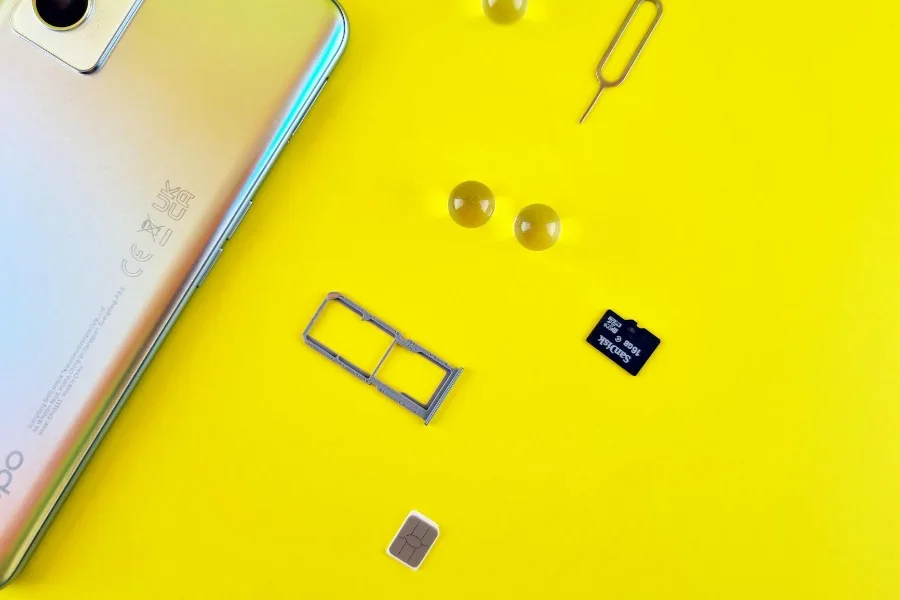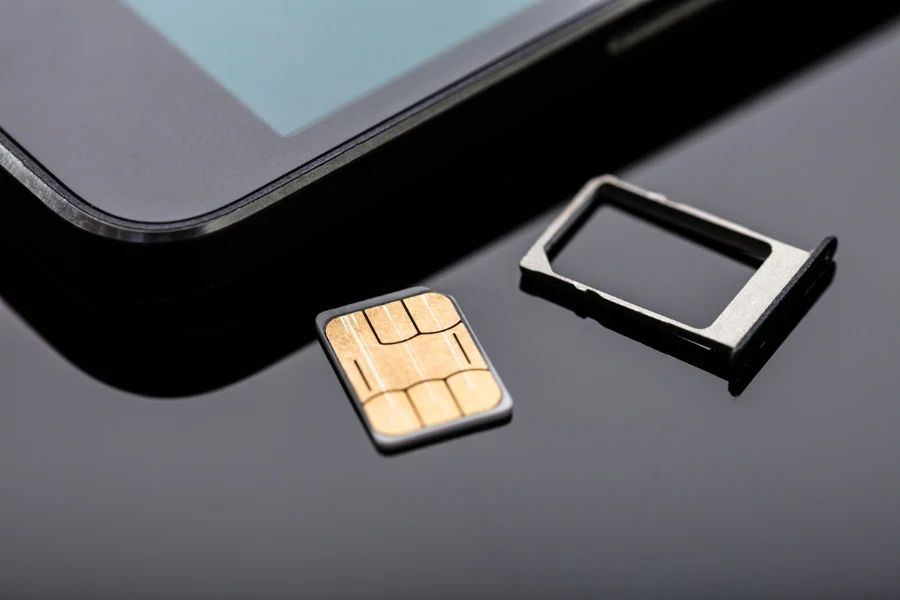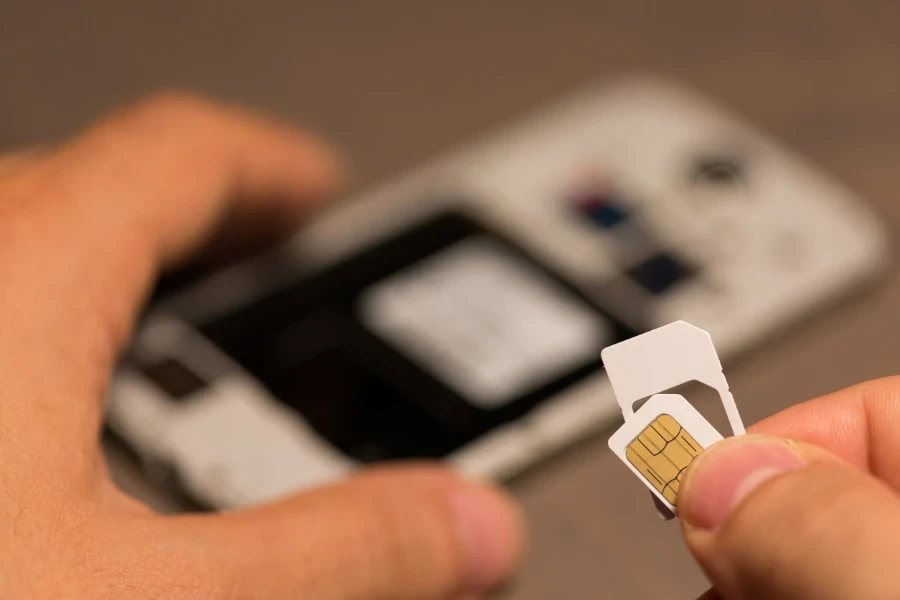In today’s fast-paced digital world, staying connected is more important than ever. At the heart of our mobile connectivity lies a small yet powerful component: the SIM card. This guide delves into the essential aspects of SIM cards, shedding light on their types, functionalities, selection tips, common issues, and the future of mobile connectivity. Whether you’re a tech enthusiast or simply looking to understand more about how your mobile device connects to the world, this article is tailored for you.
Table of Contents:
– Understanding SIM cards and their types
– How to choose the right SIM card
– Setting up and activating your SIM card
– Troubleshooting common SIM card issues
– The future of SIM technology
Understanding SIM cards and their types

SIM cards, or Subscriber Identity Modules, are integral to mobile communication, storing user identity, network authorization data, and personal information. There are primarily three types of SIM cards: Standard, Micro, and Nano. The evolution from Standard to Nano SIM cards reflects the industry’s move towards more compact and efficient designs. Each type serves the same fundamental purpose but differs in physical size, with the Nano being the smallest and most widely used in modern smartphones.
Additionally, eSIMs (Embedded SIMs) represent a significant leap forward. Unlike their physical counterparts, eSIMs are built directly into the device, offering greater flexibility and ease of switching between carriers or plans without needing a physical swap.
How to choose the right SIM card

Selecting the right SIM card requires consideration of your device compatibility and usage needs. Firstly, ensure the SIM card size is compatible with your mobile device. Most current devices use Nano SIMs, but it’s always best to check your device’s specifications.
For those who travel frequently or wish to manage multiple numbers, a device that supports eSIM technology might be ideal. eSIMs allow you to switch between operators easily without the need for physical SIM cards, making them perfect for travelers or business users managing multiple lines.
Lastly, consider the data and network capabilities of the SIM card. With the advent of 5G, selecting a SIM card that supports the latest network standards can offer faster speeds and better connectivity.
Setting up and activating your SIM card

Setting up and activating a new SIM card is generally a straightforward process but can vary slightly between carriers. Typically, it involves inserting the SIM into your device, following the activation instructions provided by your carrier, and possibly setting up a PIN for added security.
For eSIMs, the process involves scanning a QR code or manually entering activation details, which then digitally activates the eSIM profile on your device. This digital process simplifies switching between carriers and plans, making it a convenient option for many users.
It’s essential to follow the specific instructions provided by your carrier to ensure a smooth activation process. If you encounter issues, most carriers offer detailed support resources to assist with troubleshooting.
Troubleshooting common SIM card issues

Even with the simplicity of modern SIM technology, users may occasionally encounter issues. Common problems include “SIM not recognized” errors, connectivity issues, or SIM card lockouts. These can often be resolved by ensuring the SIM is correctly inserted, restarting the device, or checking for carrier-specific activation steps.
If problems persist, contacting your carrier’s customer support is advisable. They can provide guidance, and if necessary, issue a replacement SIM. For eSIM users, troubleshooting can often be managed through carrier apps or online support, streamlining the resolution process.
The future of SIM technology

The future of SIM technology points towards even greater integration and flexibility. With the increasing adoption of eSIM technology, physical SIM cards may become obsolete, paving the way for devices with enhanced capabilities and form factors. Furthermore, advancements in mobile network technology, such as 5G and beyond, will continue to evolve alongside SIM technology, offering users faster speeds, lower latency, and more reliable connections.
In conclusion, understanding SIM cards and their evolving technology is crucial for anyone looking to make the most of their mobile devices. By staying informed about the types, choosing the right SIM for your needs, and knowing how to troubleshoot common issues, you can ensure a seamless and connected mobile experience.
Conclusion:
The journey through the world of SIM cards reveals a landscape of innovation and convenience. From the evolution of physical SIMs to the pioneering eSIM technology, staying connected has never been easier. By grasping the types, selection process, setup, and troubleshooting, users are well-equipped to navigate the complexities of mobile connectivity. As we look towards the future, the promise of even more integrated and user-friendly solutions beckons, ensuring that the essence of communication remains at our fingertips.



